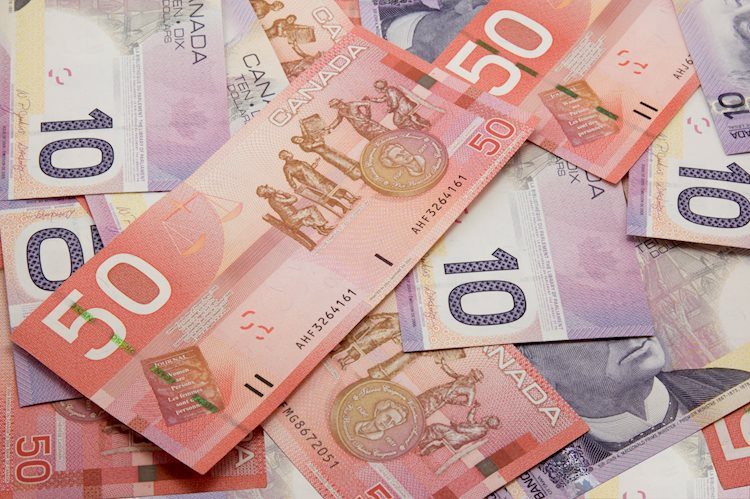The USD/CAD pair is holding steady above 1.3900, close to its three-month high following a rise in the Greenback and a decline in oil prices. The US Dollar has been gaining strength due to positive economic data, which has increased expectations for interest rate cuts by the Federal Reserve in November. On the other hand, the Canadian Dollar has been pressured by lower oil prices, as Canada is a major oil exporter. The recent aggressive rate cut by the Bank of Canada was justified, according to Governor Macklem, as they aim to find the neutral rate that balances economic stimulation and restraint.
The price of Oil is a key factor affecting the Canadian Dollar, as Canada’s largest export is petroleum. Generally, when Oil prices rise, the CAD value also goes up, as demand for the currency increases. However, falling Oil prices can have a negative impact on the CAD. In addition to Oil prices, the health of the economy, inflation, and the trade balance also influence the Canadian Dollar’s value. Market sentiment, particularly risk-on or risk-off behavior among investors, can also impact the CAD. The US economy, as Canada’s largest trading partner, plays a significant role in influencing the Canadian Dollar.
The Bank of Canada has a significant influence on the Canadian Dollar through its monetary policy decisions, such as setting interest rates. The BoC aims to maintain inflation at 1-3% by adjusting interest rates accordingly. Higher interest rates tend to be positive for the CAD, while quantitative easing and tightening can also impact the currency. Inflation, which can lead central banks to raise interest rates, attracting capital inflows and increasing demand for the local currency, also influences the CAD. Macroeconomic data releases, such as GDP, manufacturing and services PMIs, and consumer sentiment surveys, provide insights into the health of the economy and can impact the direction of the Canadian Dollar.
In conclusion, the USD/CAD pair continues to trade near its three-month high, supported by a strengthening US Dollar and lower oil prices. The Bank of Canada’s recent rate cut and efforts to find the neutral rate to balance economic stimulation and restraint are also impacting the Canadian Dollar. Key factors such as interest rates set by the BoC, Oil prices, economic health, inflation, and trade balance all contribute to the movement of the Canadian Dollar. Additionally, market sentiment, the US economy, and macroeconomic data releases play crucial roles in influencing the value of the CAD.











